You probably know olives as oil or cocktail garnish. However, people around the world use numerous types of olives for different purposes.
Some are great as cooking oil, while others are preserved or consumed as snacks.
Here are 20 olive types you should know if you plan to explore global cuisine.
1. Kalamata Olives
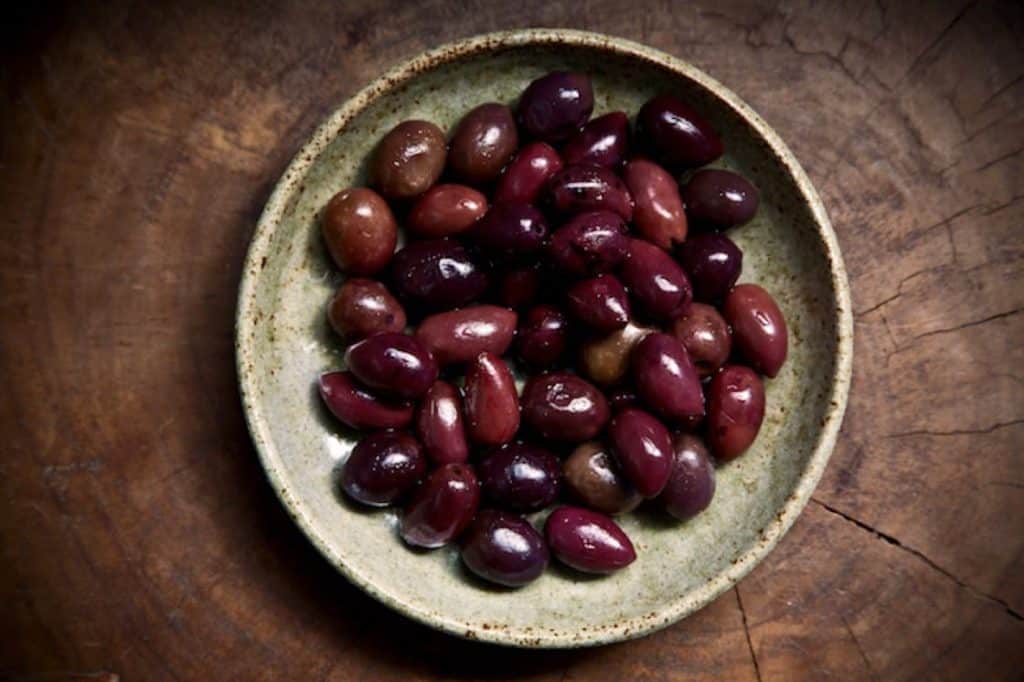
Kalamata olives come from Kalamata City in Greece. These black olives have meaty, satisfying textures that “explode” in your mouth when chewed.
Kalamata olives are popular as garnish, oil ingredient, pickles, or preserves.
2. Castelvetrano Olives
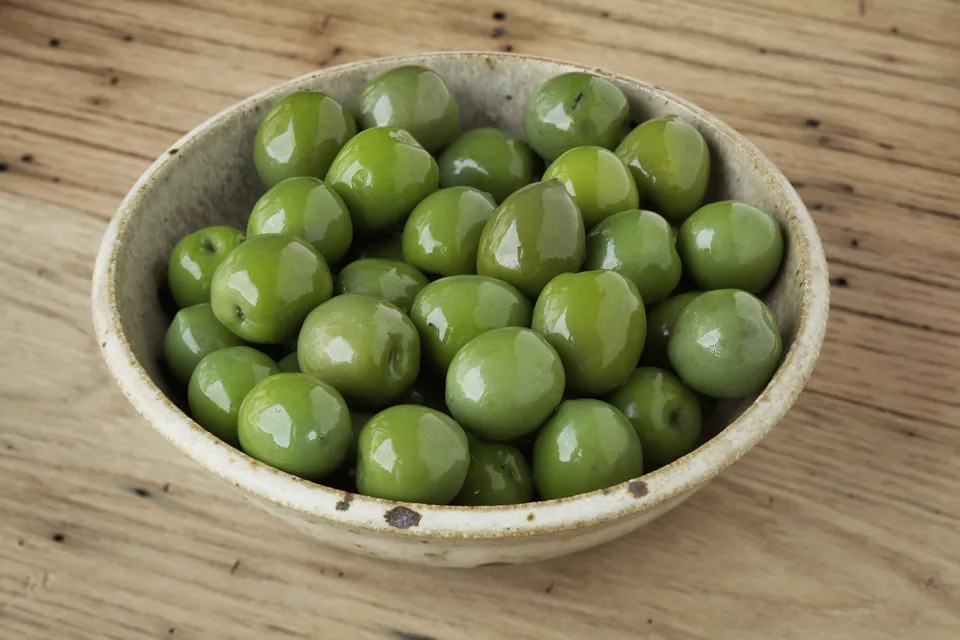
Castelvetrano is one of the olive varieties with natural sweetness. They are known as “snack olives,” with smooth and buttery textures that taste pleasant in the mouth.
Castelvetrano hails from Sicily, and it’s perfect to eat with Italian cheeses.
3. Nicoise Olives
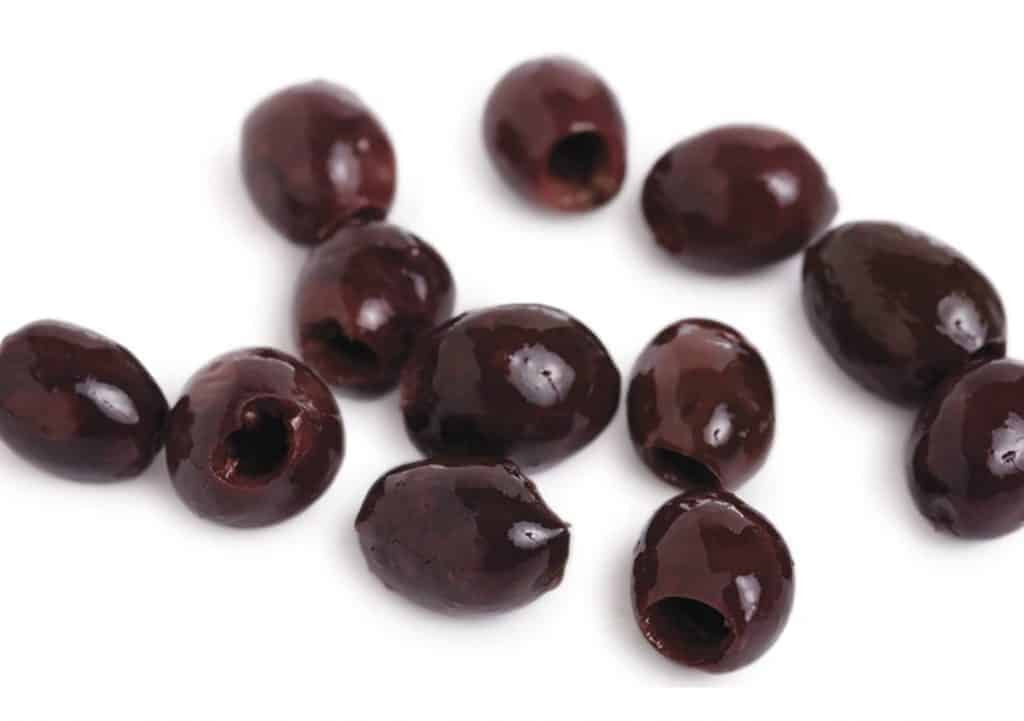
Nicoise olives are grown in limited numbers in French Riviera. These olives are small with large pits, but they pack intense flavor profiles.
Nicoise olives are savory and slightly bitter, with hints of nuttiness. They are great to be eaten with aged blue cheese.
4. Cerignola Olives
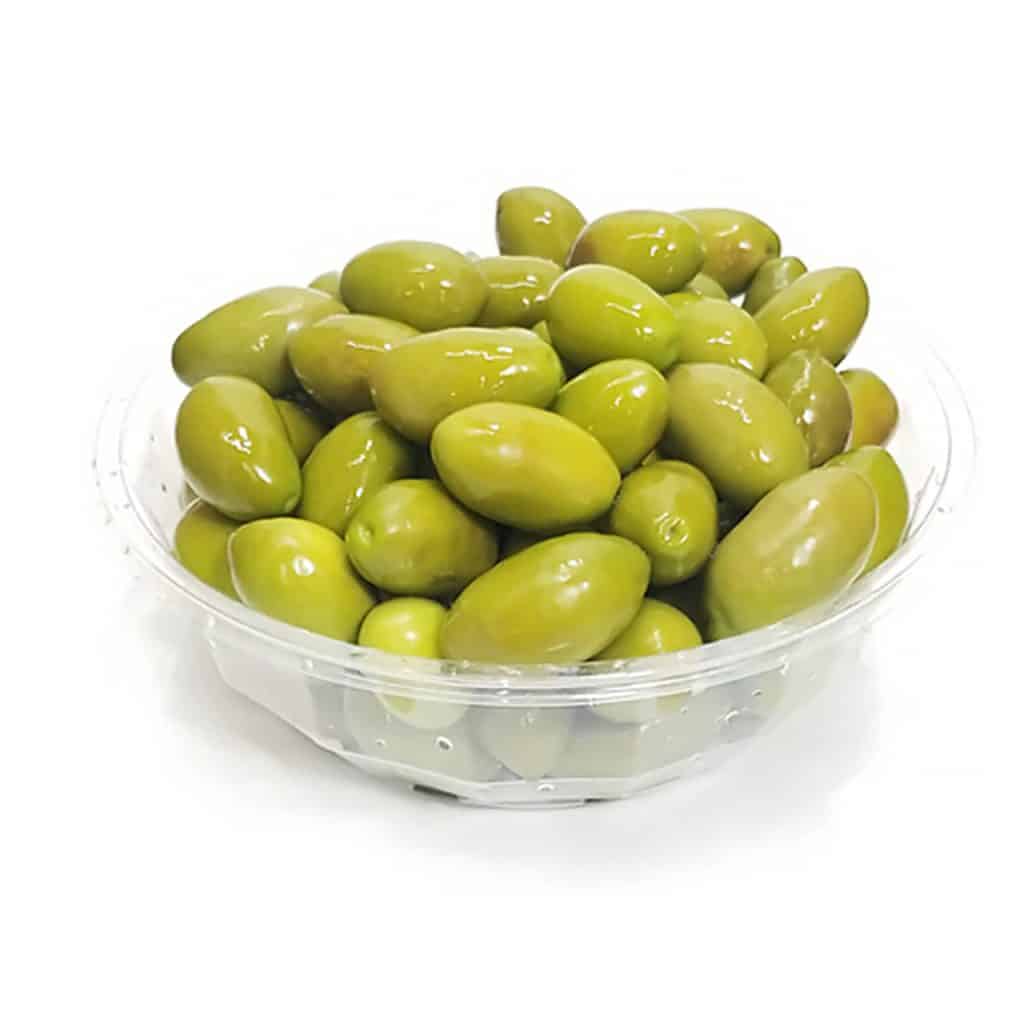
Cerignola olives are Italian green olives famous for their large sizes.
Despite the impressive look and meaty texture, Cerignola olives have a subtle, buttery flavor. The light flavor is perfect to introduce novices to snack olives.
5. Picholine Olives
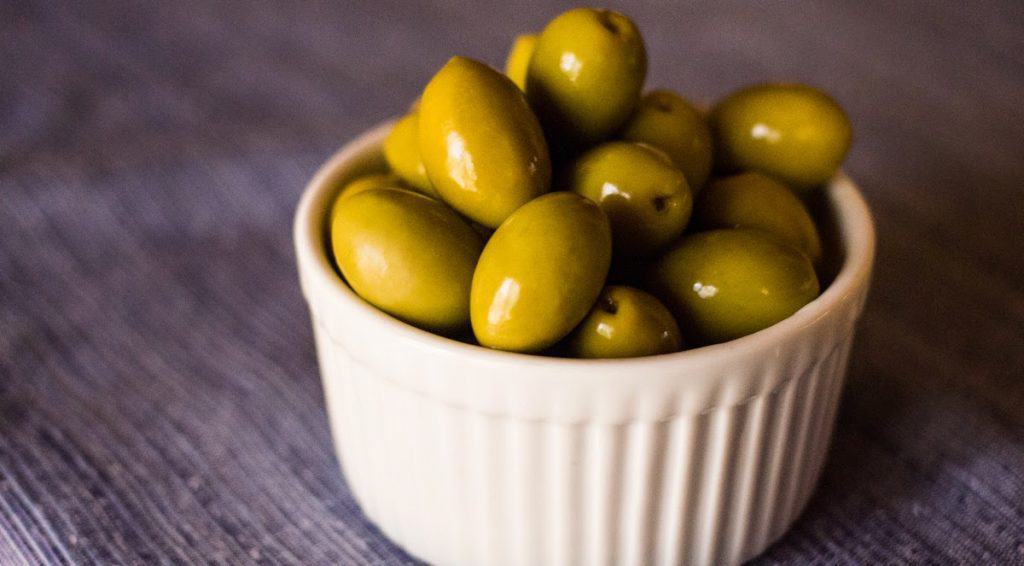
Growing in France, Morocco, and Italy, Picholine olives are ideal as snacks or olive oil. Farmers wait until the olives turn black before picking them to make oil.
Picholine olives are also famous as cocktail garnishes. The flavor is mild with a little hint of citrus, perfect for seafood dishes.
6. Nyon Olives
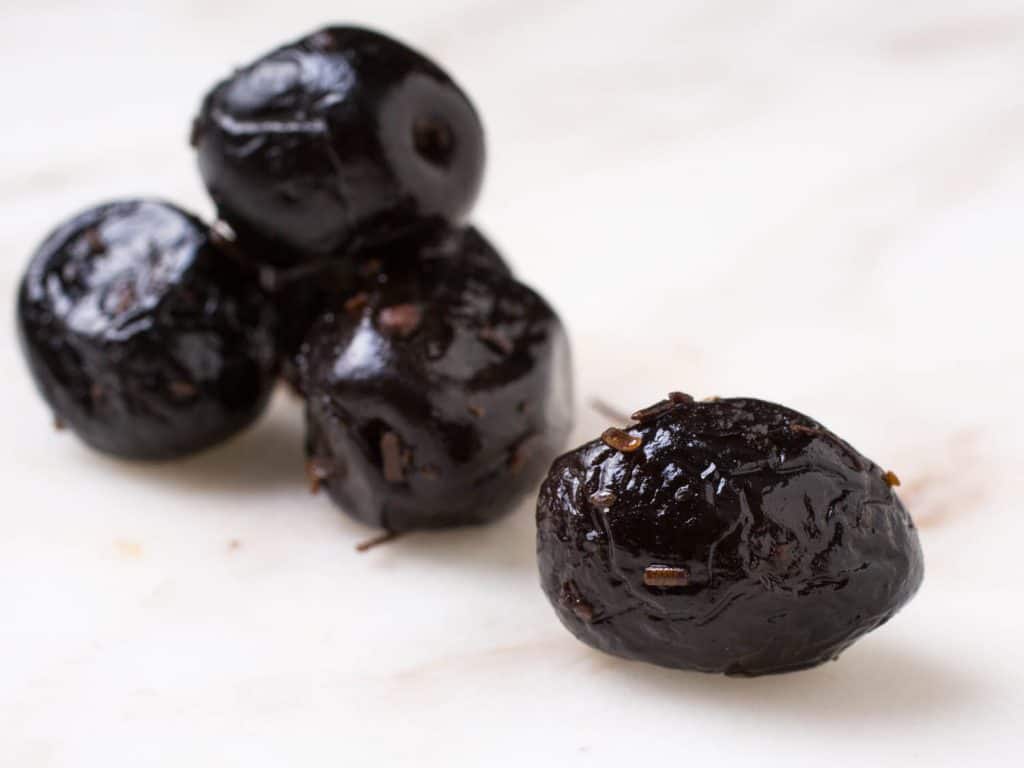
Nyon olives hail from France, famous for their small, black forms. Nyon olives are not bitter, and they taste great after being brined, cured, or dried.
These olives have a delicious mild flavor, perfect to be eaten on French bread or crackers. The flavor also goes well with various nuts, scallops, rice, cream cheese, garlic, and basil.
7. Liguria Olives
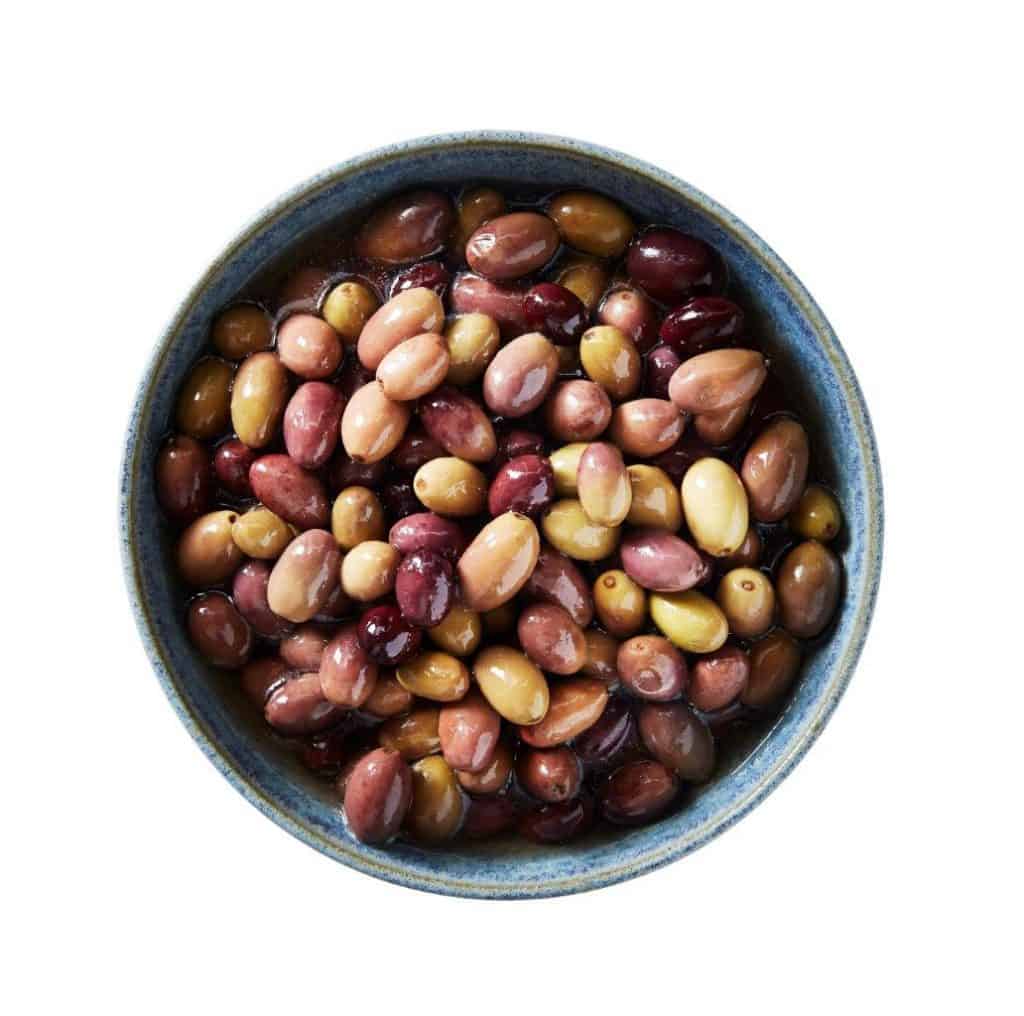
Growing in the border between France and Italy, Liguria olives offer intense flavors with a hint of bitterness.
They are usually harvested after their colors change to black or brown.
Liguria olives are rich with vitamin E. You can just eat them with bread, or mix them into a salad, pizza, and sauce.
8. Gaeta Olives
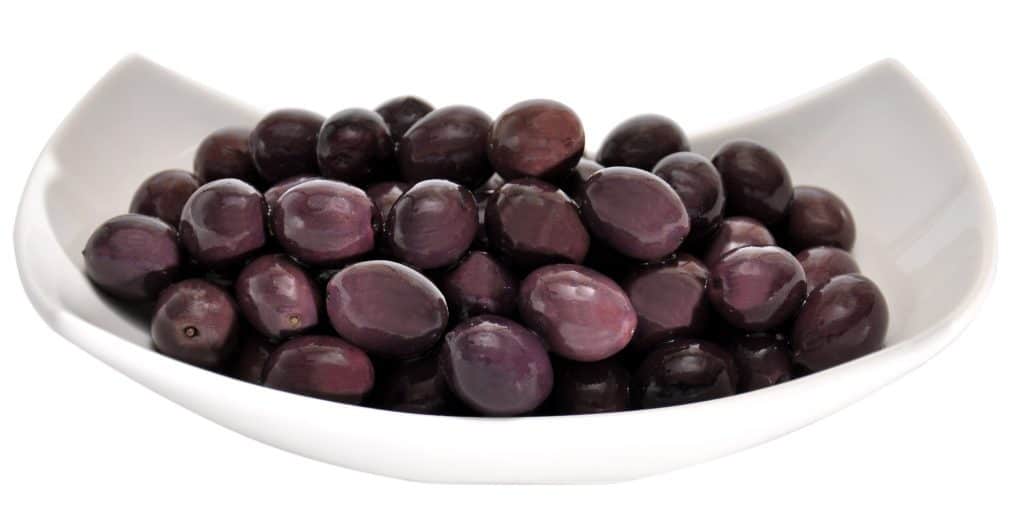
Gaeta olives have dark brown to black color, with less saltiness level than the other olive types. Gaeta olives can be stored in a fridge or brining liquid.
These olives are ideal for salad, pasta sauce, or pizza topping. The mild flavor will not interfere with your dishes.
9. Gordal Olives
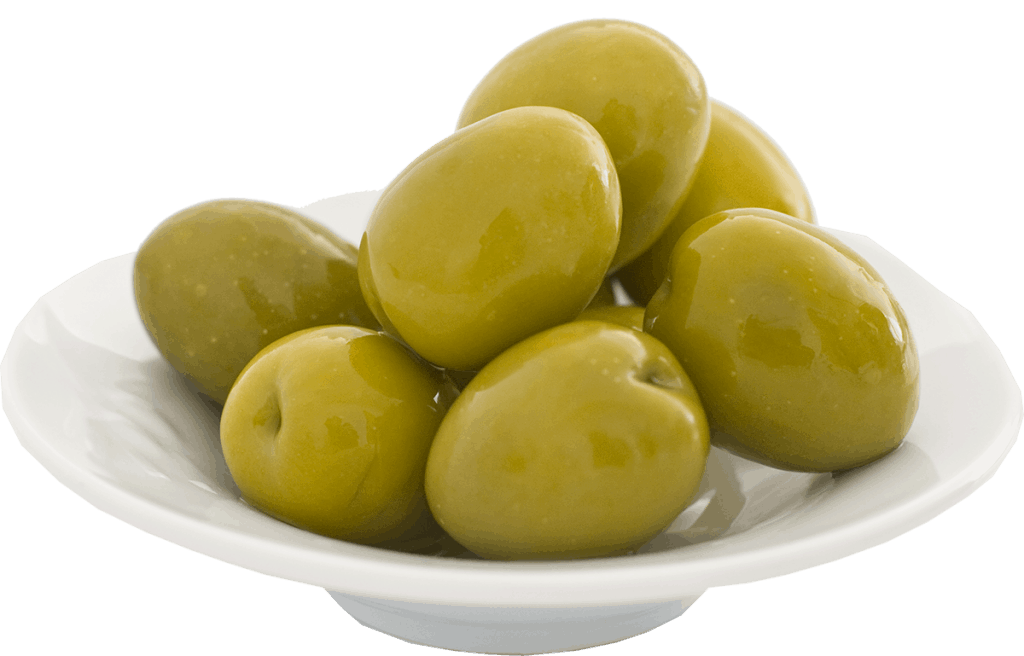
Gordal is another large olive type. Gordal olives are picked when they are still green. They have a mild flavor with a subtle sweetness.
Gordal olives have flesh that sticks to the pit, so they are usually not pitted. Varieties grown in California have high oil content, making them ideal for olive oil.
10. Alfonso Olives
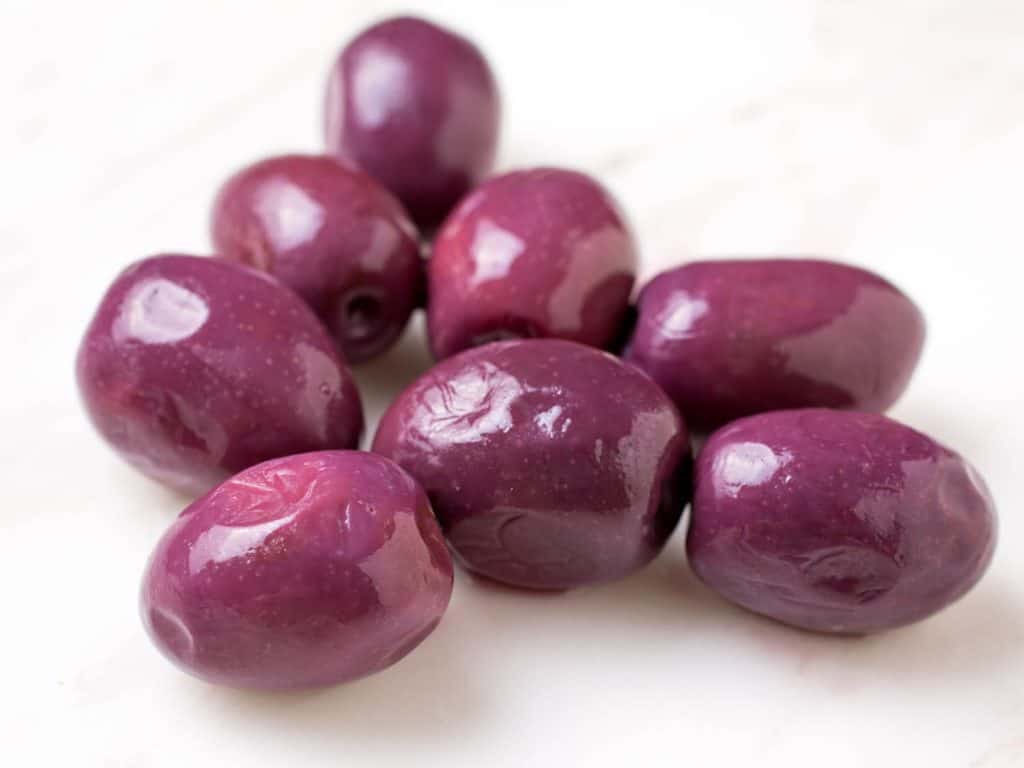
Alfonso (Alphonso) olives hail from Chile, Peru, and Argentina.
The result is a slightly sour flavor when you bite into the Alfonso olive. The olives change color into purple when brined or preserved.
11. Mission Olives
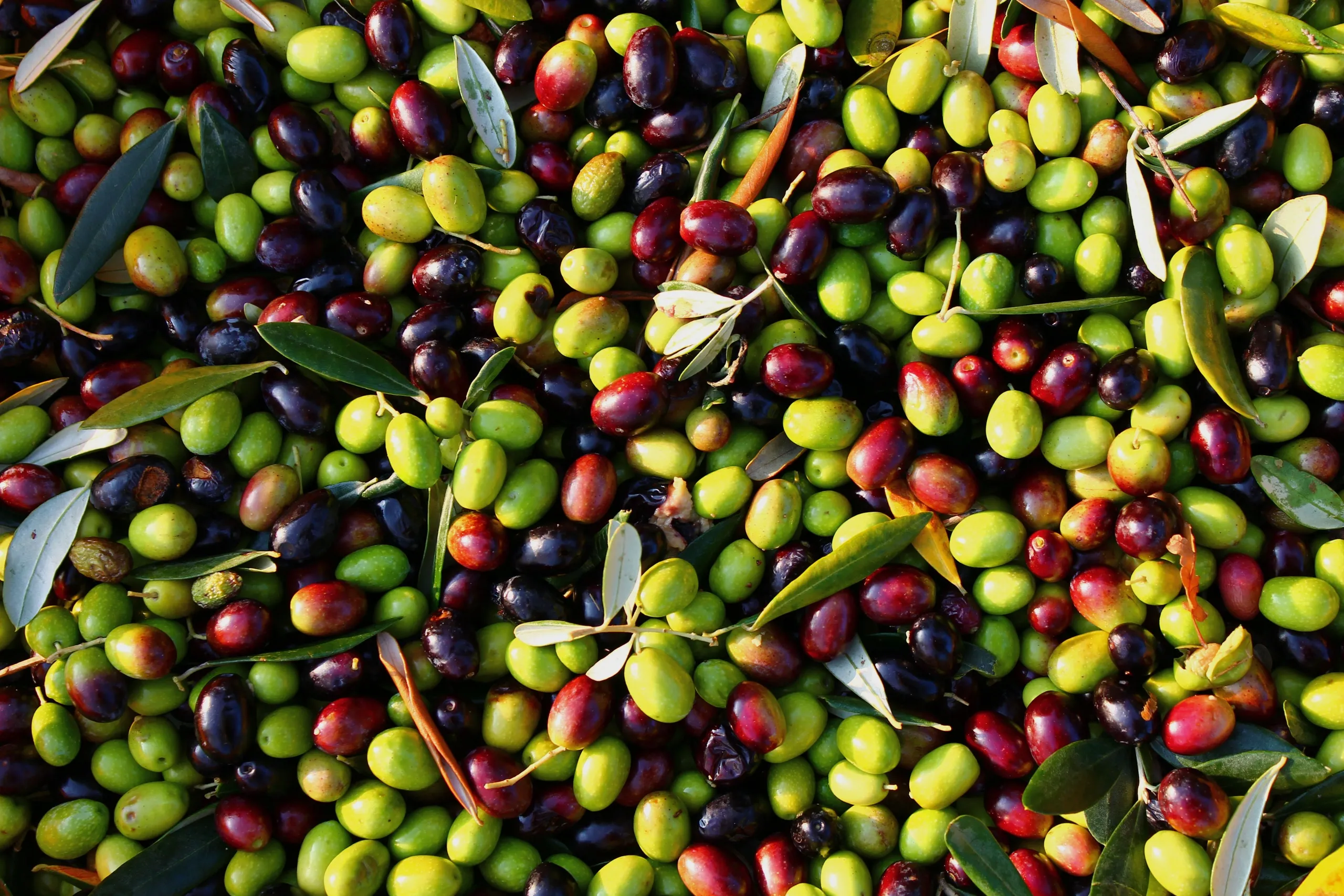
If you want to get olive oil benefits and flavor at the same time, choose oil made of Mission olives. These olives are small, but they have a beautiful reddish color.
Unlike Gordal olives, Mission olives have pits that are easy to remove. The subtle flavor and black color make these olives perfect to create cute treats for kids during Halloween.
12. Manzanilla Olives
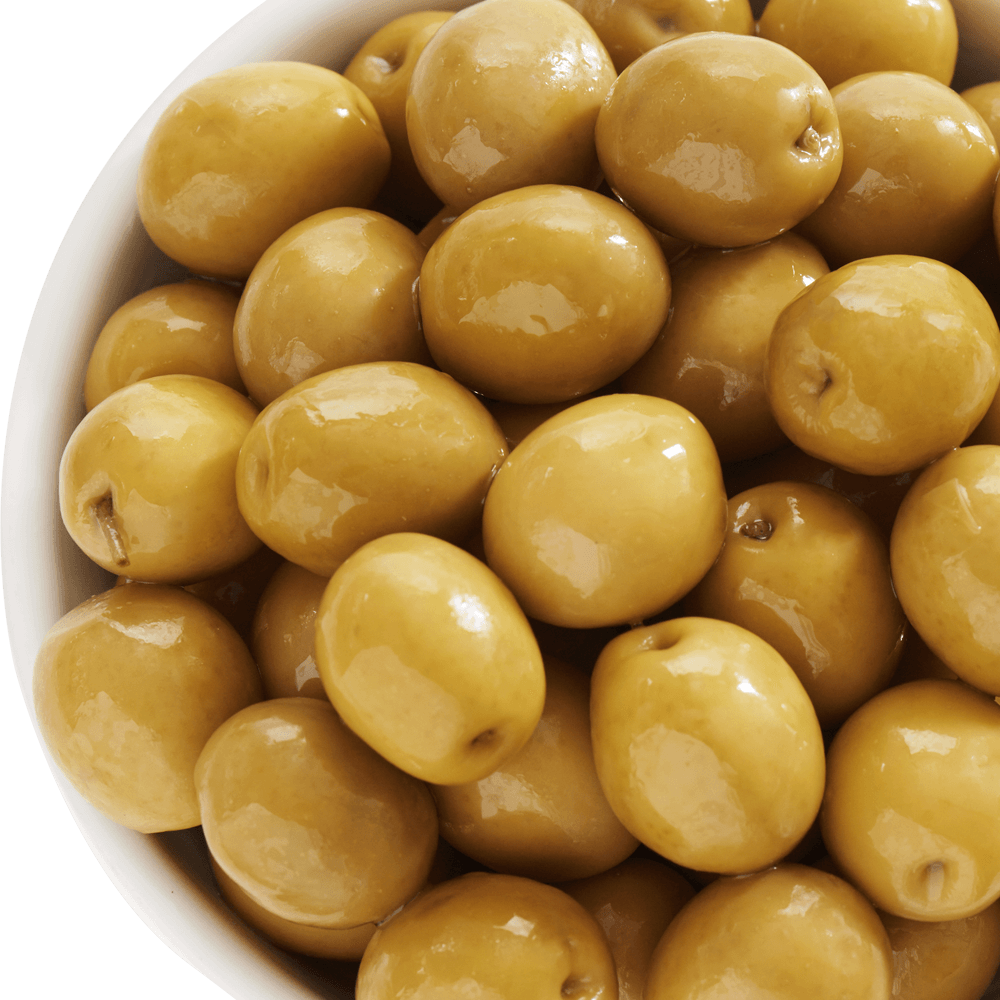
Manzanilla olives are the kinds of olives you will see getting skewered and served in cocktail glasses.
Hailing from Mediterranean land, Manzanilla olives have bright and bursting flavors, with mild saltiness. They are great to eat with bread, salad, or sausage.
13. Beldi Olives
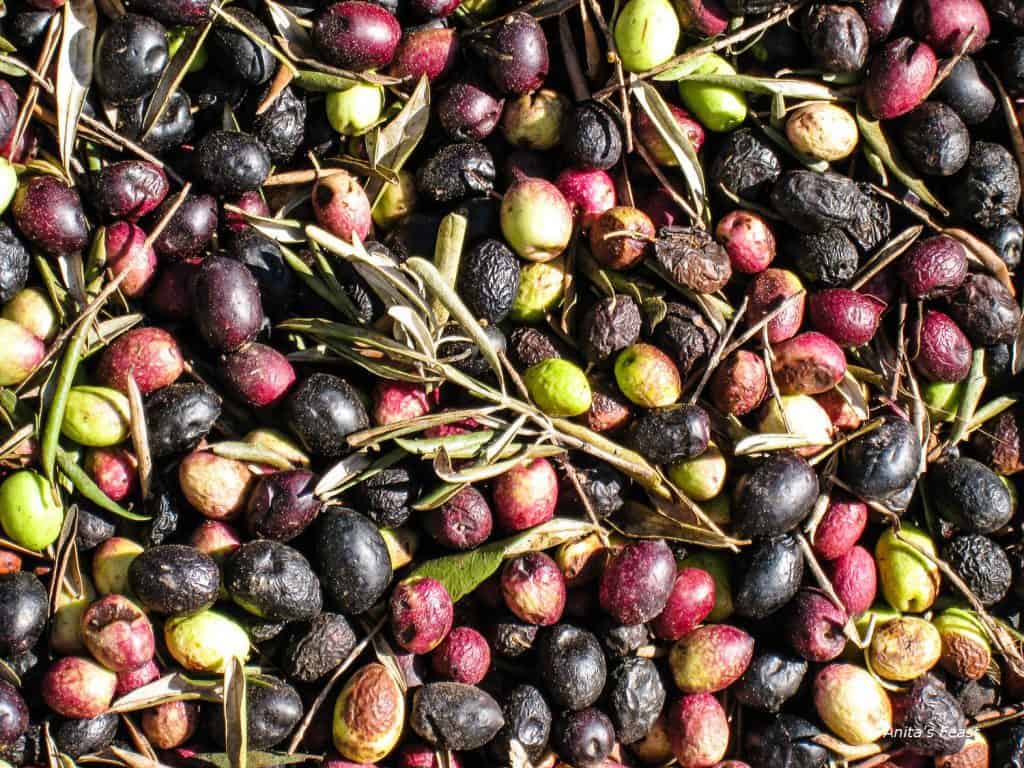
Beldi olives hail from Morocco and pack intense flavors in their small sizes. Beldi olives have small and wrinkly shapes, with a chewy texture.
The flavor is very vibrant, with the combination with mild sweetness and intense saltiness. Beldi olives are great for appetizers, cheese salad, and antipasto.
14. Amfissa Olives
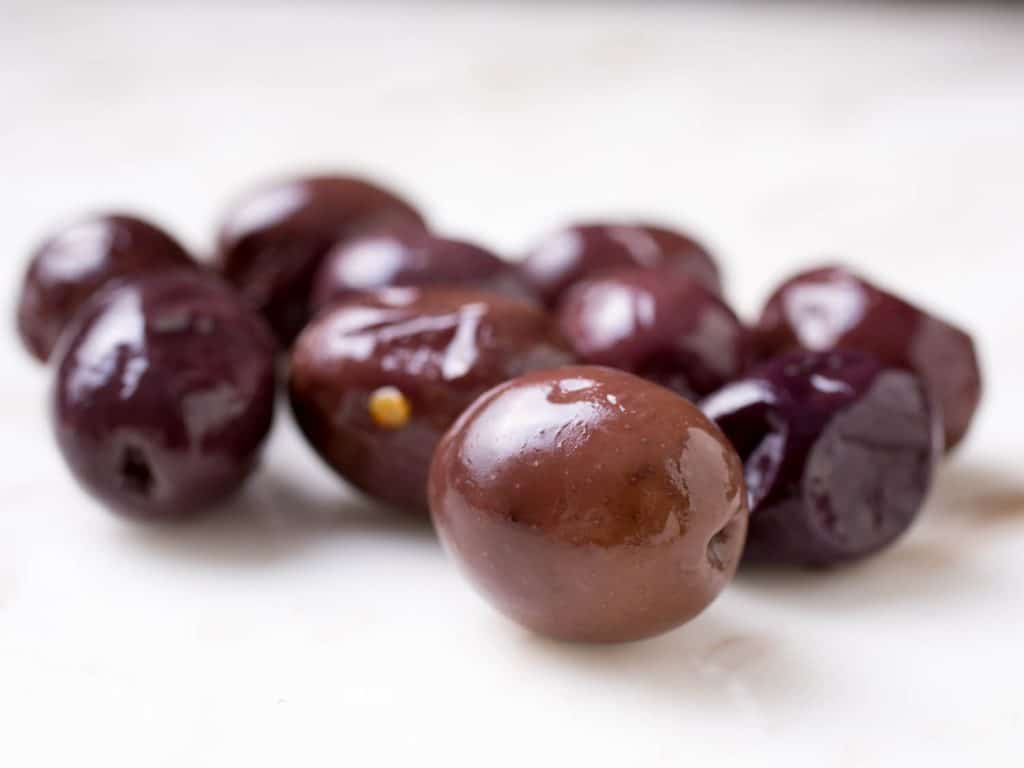
Amfissa olives hail from Central Greece, with small sizes but intense flavoring.
Amfissa may have a mild and buttery flavor, but it gives impressive flavor, with a combination of buttery and citrusy. Amfissa olives are great to eat with cheeses.
15. Agrinion Olives
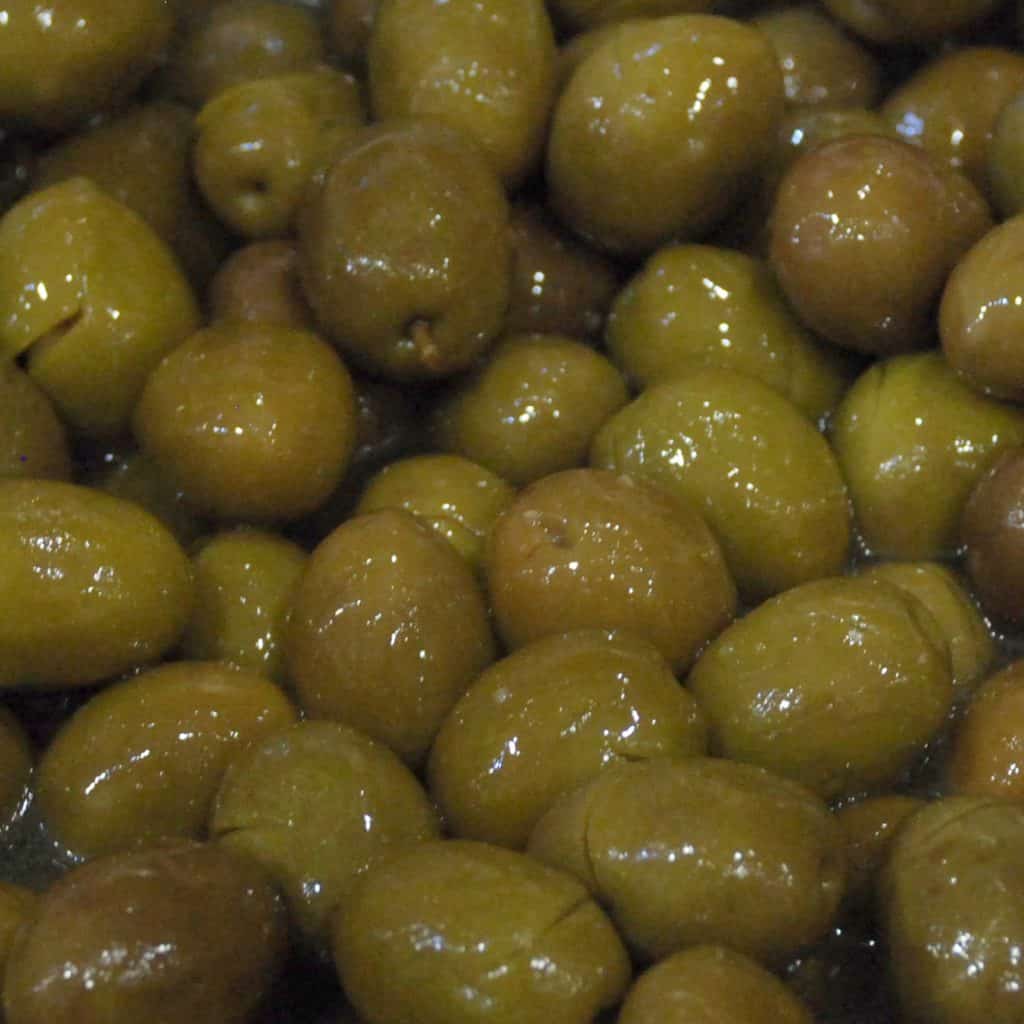
Agrinion olives are actually the term for olive-processing making. Agrinion olives are used to make preserved condiments.
The brined Agrinion leaves sour and rich flavors. The flesh is firm and buttery, and you can de-pit it easily.
16. Arbequina Olives
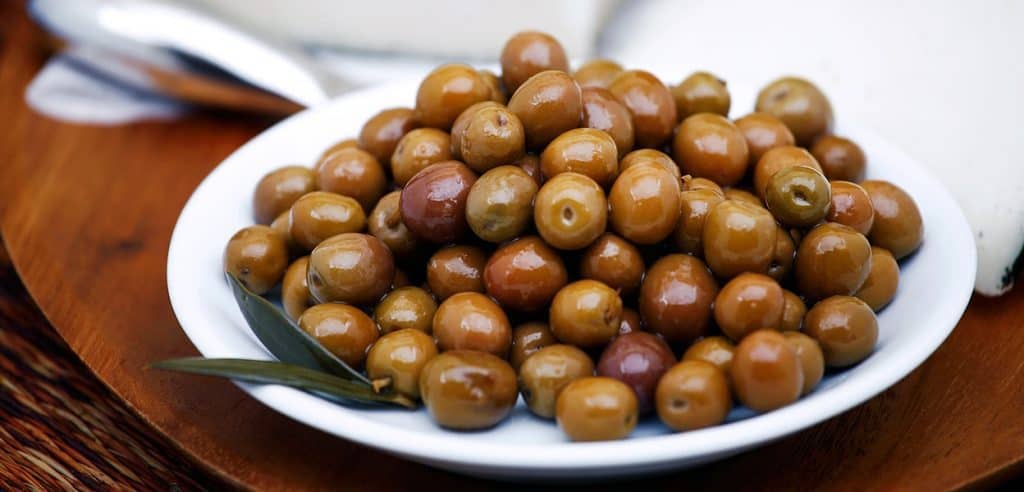
Hailing from Catalonia, Arbequina olives are small but delivering intense flavor. The olives have bright colors, from pink to orange. The flavor is so rich, creamy, and buttery.
Because of its texture and high oil production, Arbequina is more ideal for making oil. However, the youngers olives are also turned into table snacks.
17. Cordovil Olives
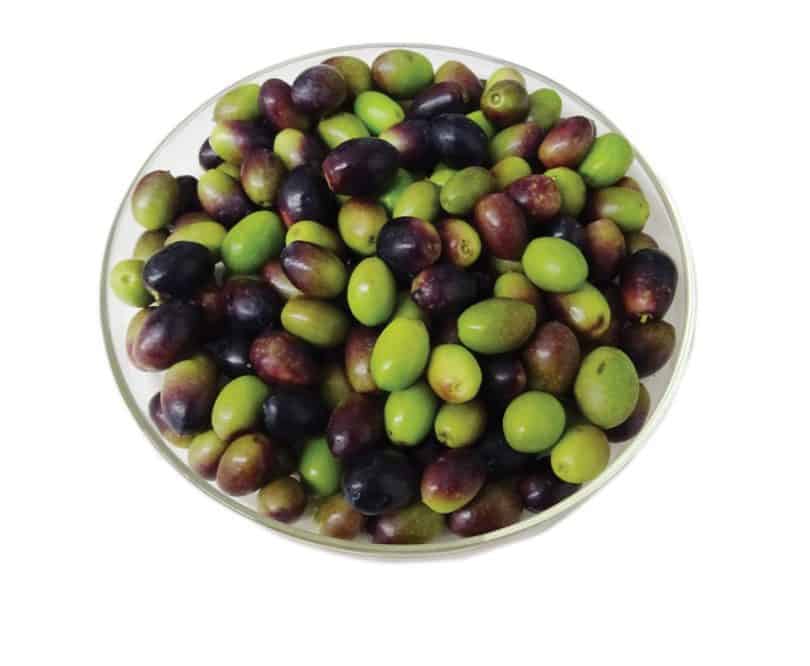
Cordovil olives are small, green olives with buttery, slightly bitter, and spicy flavors. The oil content is in the mid-level, so the olive oil production is a little exclusive.
18. Leccino Olives
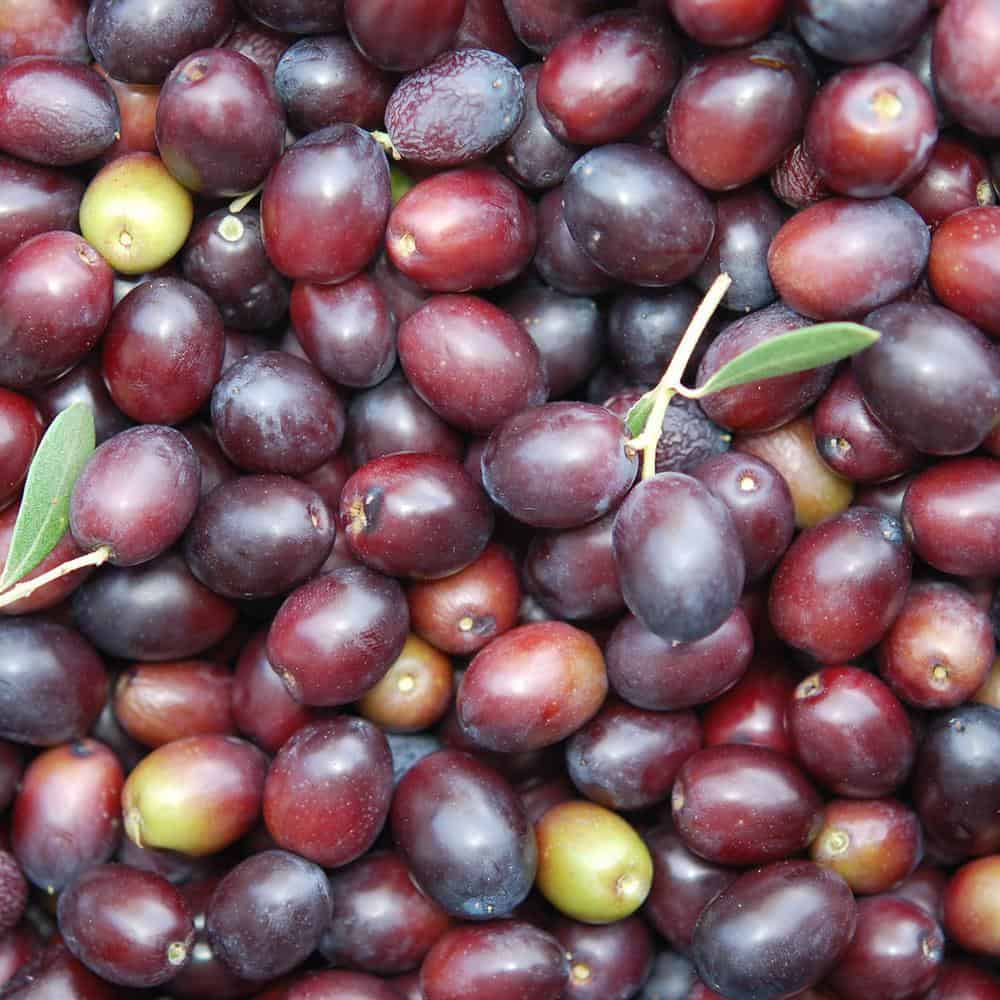
Leccino is probably the most famous fruits for making the original Italian olive oil.
Leccino olives are small, with darker colors that look more intense when the fruits grow older. Leccino is a type of black olive, which you can enjoy as a whole.
19. Verdial Olives
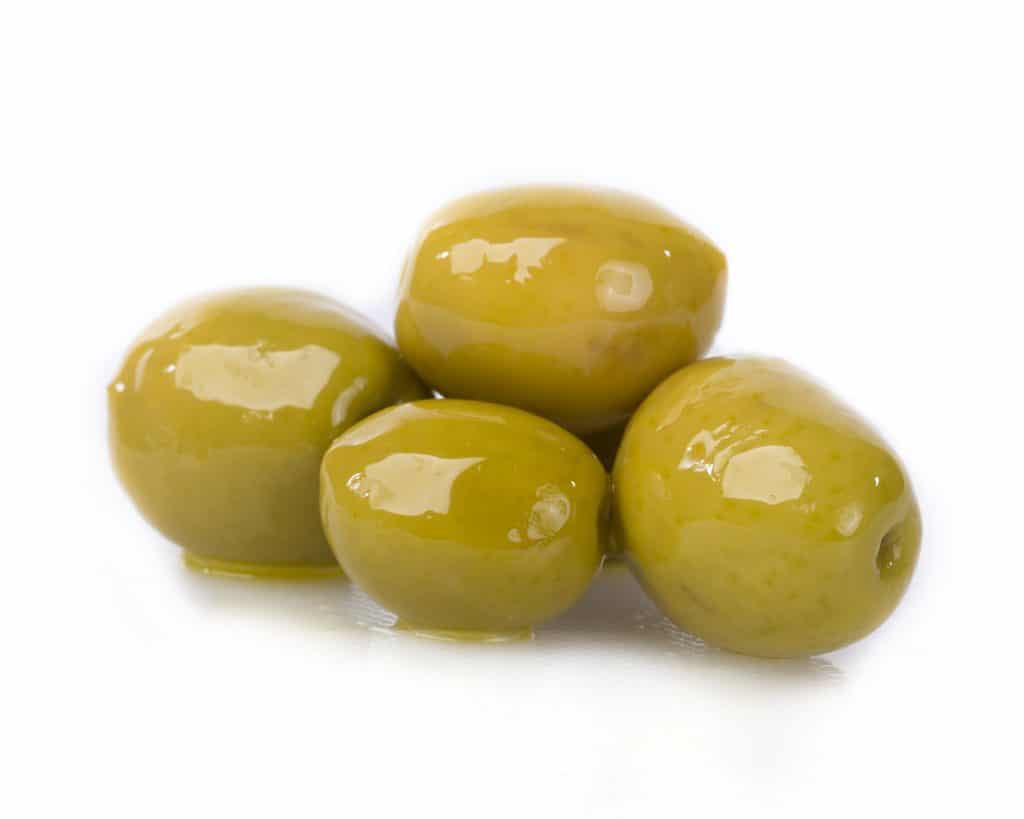
Verdial olives actually consist of five olives, but all of them have similar characteristics.
Verdial olives have a lot of oil and thick skin. They have a bright green color, with hints of bitterness and spiciness in every bite.
20. Lucques Olives
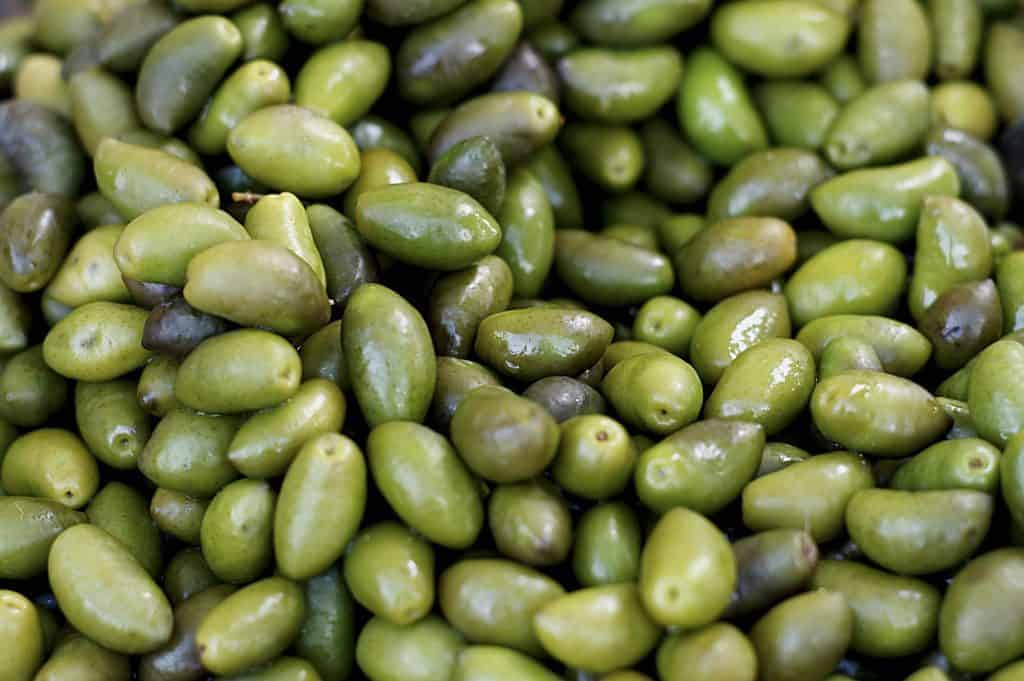
Lucques olives mostly grow in the Languedoc area, France.
The green ones are ideal for dining table, because they have a sweet, mild, but buttery flavor. The flesh is meaty and bouncy, with some hints of almond or avocado.
These unique types of olives have different benefits, flavors, and serving recommendations.
Choose the best olives in the market based on what you want to do with them in your cooking.



